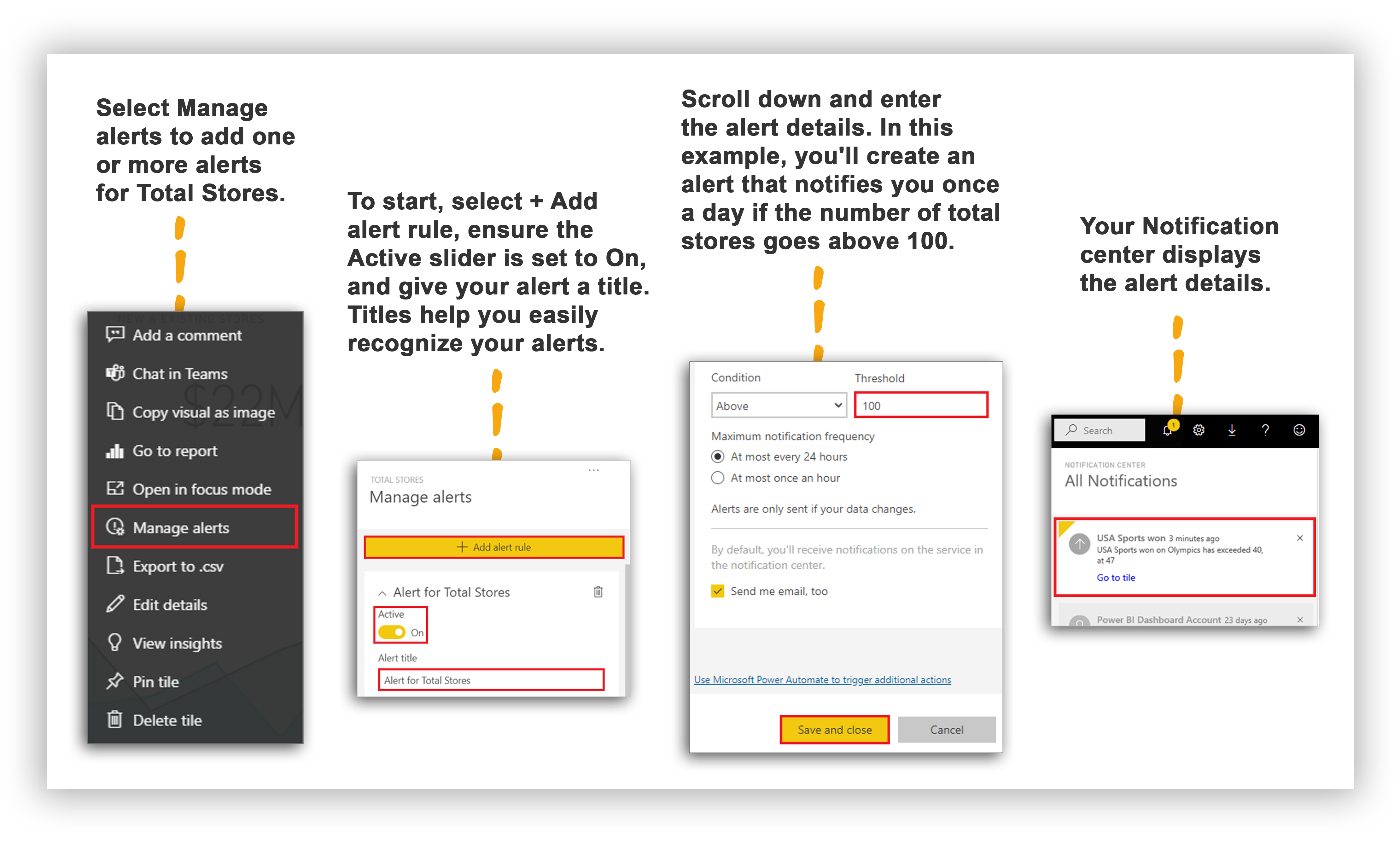How does Power BI connect to Solver?
Connecting Solver data to Power BI is quick and easy with Solver’s pre-built Power BI connector. The Microsoft-certified Solver API provides an easy and secure data extraction from the Solver Cloud data warehouse.
With a few simple clicks, a power user can select the modules in their Solver data model that they want to expose to the Power BI connector securely. The API provides both the URL and the Access Token required by Power BI.
Within the Power BI Get Data menu, you can then select the Solver connector from a list of Microsoft certified third-party connectors. Solver data can then be loaded into Power BI. Without Solver’s Power BI connector, the data model would need to be set up in Power BI from scratch; Solver’s connector for saves time and effort.




